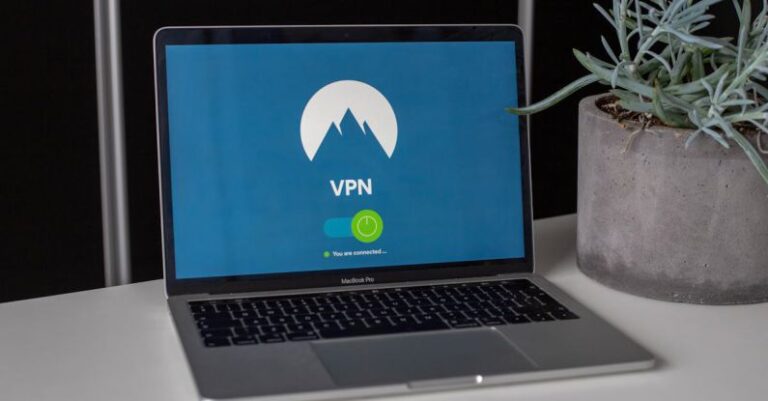
Cybersecurity has become a critical concern for businesses, organizations, and individuals as the digital landscape continues to evolve. With the increasing frequency of cyber attacks and data breaches, it is essential to have a robust cybersecurity strategy in place to protect sensitive information and safeguard against potential threats. A comprehensive cybersecurity strategy comprises several key components that work together to create a strong defense against cyber threats. In this article, we will explore the essential elements that make up an effective cybersecurity strategy.
Understanding the Threat Landscape
The first step in developing a cybersecurity strategy is to gain a thorough understanding of the current threat landscape. Cyber threats are constantly evolving, and it is crucial to stay informed about the latest tactics used by malicious actors. By conducting regular threat assessments and staying up to date on emerging threats, organizations can proactively identify potential risks and vulnerabilities in their systems.
Risk Assessment and Management
Risk assessment is a fundamental component of any cybersecurity strategy. By conducting a comprehensive risk assessment, organizations can identify and prioritize potential threats based on their likelihood and potential impact. Once risks have been identified, it is essential to develop a risk management plan that outlines strategies for mitigating and addressing these risks effectively.
Security Controls and Technologies
Implementing robust security controls and technologies is essential for protecting against cyber threats. Firewalls, antivirus software, intrusion detection systems, and encryption are examples of security technologies that can help safeguard against unauthorized access and data breaches. Additionally, implementing multi-factor authentication and access controls can further enhance security measures and prevent unauthorized access to sensitive information.
Incident Response and Recovery
Despite proactive security measures, cyber incidents can still occur. Having a well-defined incident response plan in place is crucial for minimizing the impact of a cyber attack and facilitating a swift recovery. An incident response plan should outline procedures for detecting, responding to, and recovering from security incidents, as well as assigning roles and responsibilities to key personnel.
Employee Training and Awareness
Human error is a significant factor in cybersecurity incidents, making employee training and awareness a critical component of a cybersecurity strategy. Educating employees about best practices for cybersecurity, such as recognizing phishing emails, using strong passwords, and following security protocols, can help reduce the risk of security breaches caused by human error.
Compliance and Regulatory Requirements
Compliance with industry regulations and data protection laws is essential for ensuring the security and privacy of sensitive information. Organizations must stay informed about relevant regulatory requirements, such as the General Data Protection Regulation (GDPR) and the Health Insurance Portability and Accountability Act (HIPAA), and implement measures to comply with these regulations to avoid legal and financial consequences.
Continuous Monitoring and Improvement
Cybersecurity is a dynamic field, and threats are constantly evolving. As such, it is essential for organizations to continuously monitor their systems for potential vulnerabilities and weaknesses. Regular security assessments, penetration testing, and monitoring of network traffic can help identify and address security gaps before they are exploited by malicious actors. Additionally, organizations should regularly review and update their cybersecurity strategy to ensure it remains effective and aligned with current threats and best practices.
In conclusion, a comprehensive cybersecurity strategy is essential for protecting against cyber threats and safeguarding sensitive information. By understanding the threat landscape, conducting risk assessments, implementing security controls and technologies, developing an incident response plan, providing employee training and awareness, complying with regulatory requirements, and continuously monitoring and improving security measures, organizations can create a robust defense against cyber attacks and data breaches. Prioritizing cybersecurity is not only a best practice but a necessity in today’s digital world to protect against evolving cyber threats.





